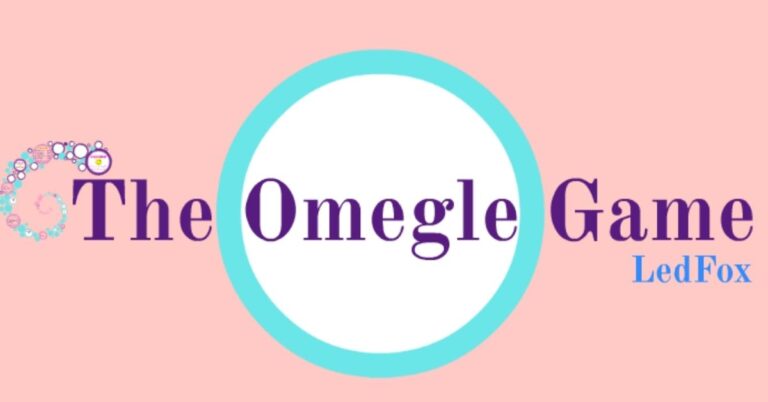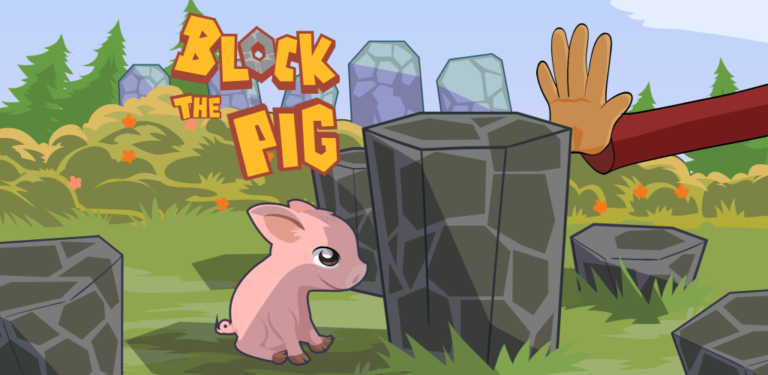History Spot Games: Revolutionizing Learning Through Play
In an era where education and entertainment are increasingly intertwined, History Spot Games stand out as a groundbreaking platform that combines learning with fun. This unique hub offers students and casual gamers an engaging way to explore historical concepts through interactive games, quizzes, and digital challenges. From ancient civilizations to modern history, History Spot Games offer a refreshing alternative to traditional history education.
What Are History Spot Games?
History Spot Games are educational activities hosted primarily on platforms like historyspot.com, history-spot.com, and historyspot.gitlab.io. These games are designed for students and history enthusiasts to explore historical events, figures, and timelines through interactive experiences. What sets them apart is their unblocked accessibility, making them available for students across schools and devices without firewall limitations.
The core idea is simple: make history fun and memorable. Whether you’re guiding a character through the ancient pyramids in Tomb of the Mask or understanding historical trade in Monkey Mart, each game is a lesson disguised as a playful challenge.
Why Are History Spot Games So Popular?
The rise in popularity of History Spot Games is due to several reasons:
- Accessibility: Available unblocked and online, students can access them from anywhere.
- Interactivity: Games like Minecraft, Cookie Clicker, and 1v1.lol are reimagined with historical themes.
- Educational Value: The content is crafted to align with history curricula, helping reinforce classroom learning.
- Gamification: The use of levels, scores, and challenges makes history enjoyable for younger audiences.
Also Read: GeoGrid Game
Educational Benefits of History Spot Games
Teachers and educational institutions are increasingly incorporating History Spot Games into lesson plans because they provide:
- Engagement: Students stay more focused and excited when learning through games.
- Retention: Interactive content helps students retain historical facts better than rote memorization.
- Skill Development: Besides history, these games enhance logic, problem-solving, and reading comprehension.
- Inclusive Learning: With varied formats—from action games to strategy and puzzles—students of all learning styles can participate.
For example, the Find Me! game teaches geometry alongside historical contexts, making interdisciplinary learning seamless.
Top Trending Games on History Spot
Some of the most visited and played games under the History Spot Games banner include:
- Tomb Of The Mask: A fast-paced arcade game that uses ancient tombs as the backdrop for learning about Egyptian history.
- Minecraft (History Mode): Utilized as a sandbox to recreate historical buildings and civilizations, such as Rome, Egypt, and the Mayans.
- Monkey Mart: Teaches historical trade practices and economic concepts in a gamified environment.
- Retro Bowl: Although sports-themed, the retro aspect ties into exploring the evolution of games and culture in past decades.
- 1v1.lol: Used creatively to simulate historic battles and conflicts.
These History Spot Games don’t just provide entertainment—they reinforce history lessons through digital interactivity.
Also Read: Game of Spades Perfume
History Spot as a Learning Platform
The website historyspot.com is more than a game hub. It’s a curated educational ecosystem. It includes:
- Articles that explain key historical events.
- Activities tailored for different educational levels (elementary to high school).
- Resource Pages to support teachers in classroom integration.
According to the information available, History Spot Games often sync with school assignments and national curriculum standards. This makes them a credible educational companion rather than just an online distraction.
How Schools Are Using History Spot Games
Schools and educators are increasingly embedding History Spot Games into digital classrooms. Here’s how:
- Homework Assignments: Teachers assign specific games to reinforce classroom lessons.
- Group Activities: Students collaborate in multiplayer history games to encourage teamwork.
- Extra Credit: Completing levels or challenges earns students academic incentives.

A history teacher might, for instance, use the game Spot: The Video Game to illustrate media history and the evolution of technology, tying it back to a lesson on 1990s tech.
History Spot Games vs Traditional Learning
Let’s compare History Spot Games with traditional methods of teaching history:
| Feature | History Spot Games | Traditional Learning |
| Engagement | High | Medium |
| Interactivity | Strong (Gamified) | Limited (Text-based) |
| Accessibility | Online & Unblocked | Classroom-bound |
| Retention Rate | Higher | Moderate |
| Learning Styles Covered | Visual, Kinesthetic | Mostly Auditory/Reading |
The data clearly shows that incorporating History Spot Games into a curriculum can enhance the effectiveness of teaching, especially for younger and tech-savvy generations.
Popular Keywords and Game Variations
Users frequently search for specific versions and styles of History Spot Games, including:
- History Spot Games Minecraft: History builds and scavenger hunts in Minecraft worlds.
- History Spot Online: The overarching platform offering these games.
- History Spot Roblox: Roblox-based historical role-play games.
- History Spot Sport: Historical sports games exploring Olympic history.
- History Spot Slope: Math and history merged in a fast-paced platformer.
- History Spot Drift Hunters: Learn about automotive history while racing.
These keyword variations show how History Spot Games span across genres and platforms, all while keeping education at their core.
Gamifying the Past: A Look at the Future
As EdTech continues to grow, the demand for platforms like History Spot Games will surge. Future advancements could include:
- VR/AR Integration: Imagine walking through historical monuments virtually.
- Voice Narratives: Games narrated by historians for immersive learning.
- AI-Based Learning Paths: Adaptive games that cater to a student’s unique learning pace and style.
In the future, we could see History Spot Games collaborating with global educational institutions and museums to expand their content base and reach.
Student Reviews and Success Stories
Students who’ve used History Spot Games often report:
- A newfound love for history.
- Higher grades in social studies.
- Better participation in classroom discussions.
One student shared: “I used to think history was boring. But after playing History Spot’s Infinite Craft and rebuilding ancient cities in Minecraft, I’m now excited to learn more every day.”
The Role of Cognitive Development in History Spot Games
One lesser-discussed but critically important benefit of History Spot Games is their positive impact on cognitive development. These games often require players to solve puzzles, follow chronological sequences, or make decisions based on historical scenarios. For example, games involving timelines or battles simulate real-world cause-and-effect situations, helping students improve their reasoning and analytical skills. These experiences promote executive function, including working memory, flexible thinking, and self-control. Unlike passive reading, the active nature of gaming ensures that students are continuously engaging with historical content on a deeper mental level. Thus, history spot games are not just teaching history—they are actively shaping smarter, more thoughtful learners.
Parental Involvement and Home Learning with History Spot Games
Another aspect worth exploring is how history spot games are enhancing home learning and parental engagement. With the rise of homeschooling and blended learning environments, parents are constantly on the lookout for tools that keep their children academically productive at home. These games offer a perfect mix of education and entertainment, allowing parents to participate in the learning journey. For example, a parent and child could explore the History Explorer game together, discussing each era as they progress. This shared experience not only builds family bonds but also reinforces the historical content in a collaborative way. The user-friendly design of most history spot games ensures that even those with limited tech experience can participate.
Historical Accuracy and Content Credibility in History Spot Games
While many online educational games can be criticized for oversimplifying or misrepresenting history, history spot games strive for historical accuracy and credibility. These games are developed with input from educators and subject-matter experts, ensuring the content aligns with real-world facts and classroom standards. For example, games based on World War I or the Ancient Maya civilization include historically verified timelines, artifacts, and cultural references. This accuracy builds trust among educators and parents, making the platform a reliable supplement to textbooks. Unlike generic gaming platforms, history spot games are created with a strong emphasis on educational integrity, ensuring students aren’t just entertained—they’re correctly informed.
The Community and Collaborative Features of History Spot Games
A growing strength of history spot games is their community-based learning model. Many of these games now include multiplayer options or online leaderboards, encouraging students to compete or collaborate with peers. For example, some challenges allow teams of students to rebuild historical sites together or engage in digital scavenger hunts through historical periods. These social features foster communication, teamwork, and even healthy competition, making history a shared and enjoyable experience. Online forums and community pages associated with history spot games also allow users to share achievements, discuss interpretations of history, and recommend strategies, creating a dynamic educational ecosystem beyond just gameplay.
Final Thoughts: Why History Spot Games Matter
To sum up, History Spot Games are more than just a trend—they are a transformative tool in modern education. They bridge the gap between learning and play, making historical knowledge more accessible, enjoyable, and memorable. With a wide range of games that span cultures, eras, and formats, they offer a holistic, student-centered approach to history education.
Whether you’re a student, parent, or educator, integrating History Spot Games into your learning ecosystem is a smart move. It’s time to make history not just something to study, but something to experience.
Also Read:
- Exploring the Sports Connections Game: The Ultimate Word Puzzle for Sports Enthusiasts
- Nin Nin Game: Your Ultimate Hub for Japanese Anime Figures and Games
- Surviving the Game as a Barbarian: An In-Depth Guide for Fans and Newcomers
- Unblocked Games G+ 2: The Ultimate Guide to Free Online Gaming at School and Work
- Blackfish Game of Thrones: The Legacy of Brynden Tully in Westeros





